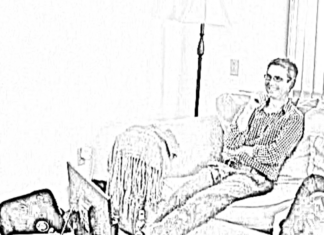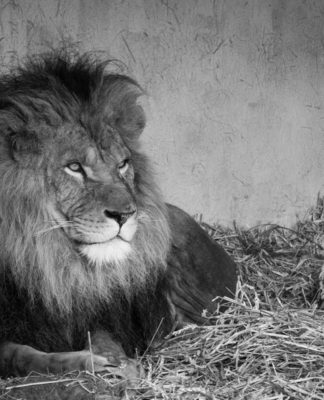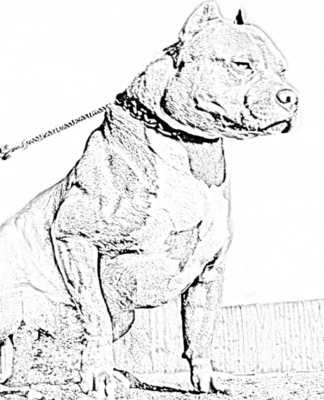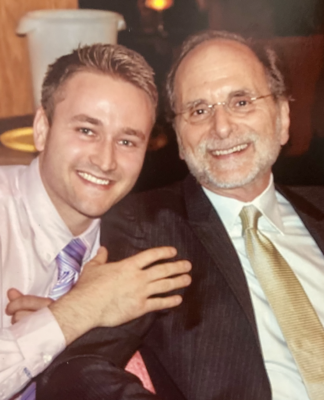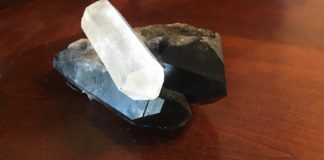There’s many ways to dig deeper into the hidden paths of the mind to places we have been unaware off, and unearth memories that have been forgotten and repressed.
One way is psychoanalysis, or in depth therapy. Another is looking closely at our dreams. A third way is what the Swiss psychoanalyst Carl Jung called “active imagination”.
Active imagination is a way to make use of the creative power of the mind without getting caught up in unproductive daydreaming. Jung advises to simply sit down and invite thoughts and images to come up. Whatever the mind produces will have a certain meaning to you.
Whatever topic or persona comes up, write down what comes up for you. Engage in a dialogue with the imaginary people in your mind. Pay attention to what the images symbolize for you.
Sometimes we are able to tap into repressed parts of the self. Every person had to repress or disown certain parts of the personality due to their upbringing. Maybe your parents didn’t encourage play and were only about work. Or they couldn’t tolerate that you got angry.
So these aspects of yourself were repressed or remained undeveloped. They “live” somewhere in your unconscious mind, and when we make an effort to try and tap into this energy it may come up when we invite them to dialogue with us.
By engaging in a conversation with these parts of the self, they will be more conscious and we become more balanced as a person. We don’t have to pretend anymore that we are perfect or patient or have everything under control. Sometimes whatever wants to come up will come up, even if it’s not what we want it to be.
Jung’s own example of active imagination were filled with mythical figures. Indeed, figures like warriors and princesses, tricksters and cowards populate each of ours minds, one way or another. Remember which movie personas really touched you. Was it the hero in an action drama? The great mother in a family film? A villain who showed his vulnerability? Or a fool whose humanity triggered something in you?
These are the figures that are present in everyone’s personality, even if we rarely encounter them or don’t want to see that they are a part of us. I you can acknowledge and learn to love the aspects of yourself you don’t like very much, you’ll be at peace with yourself.


 Gerti Schoen is a psychotherapist for couples and individuals in private practice in NYC and Ridgewood, NJ. Her work has been informed by psychoanalytic thought, Imago Relationship Therapy, Mindfulness, Shamanic healing and Internal Family Systems Therapy. Before becoming a mental health professional, she had a fulfilling career as a journalist and writer in Germany. She has published two books, The Gentle Self and Buddha Betrayed.
Gerti Schoen is a psychotherapist for couples and individuals in private practice in NYC and Ridgewood, NJ. Her work has been informed by psychoanalytic thought, Imago Relationship Therapy, Mindfulness, Shamanic healing and Internal Family Systems Therapy. Before becoming a mental health professional, she had a fulfilling career as a journalist and writer in Germany. She has published two books, The Gentle Self and Buddha Betrayed.
